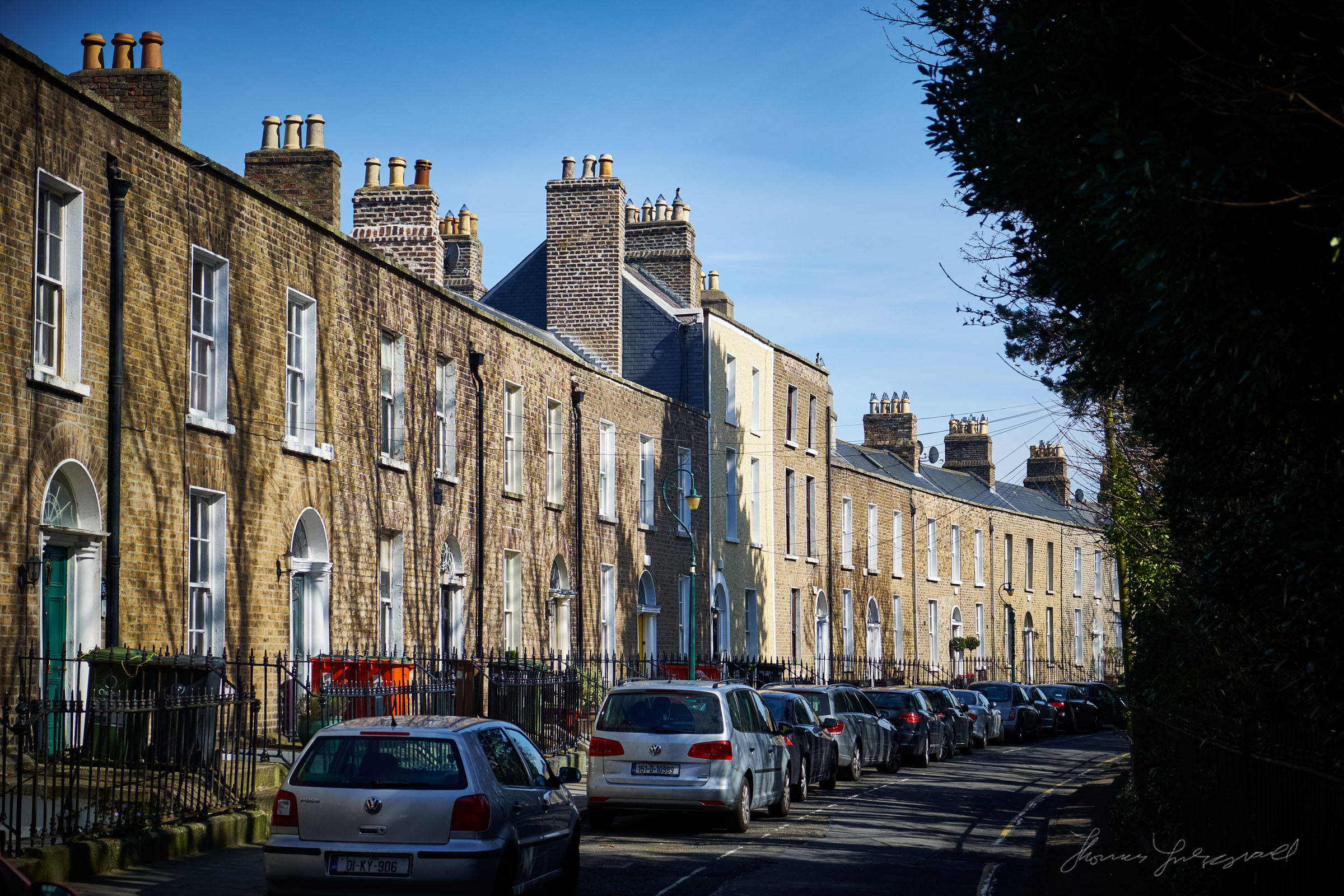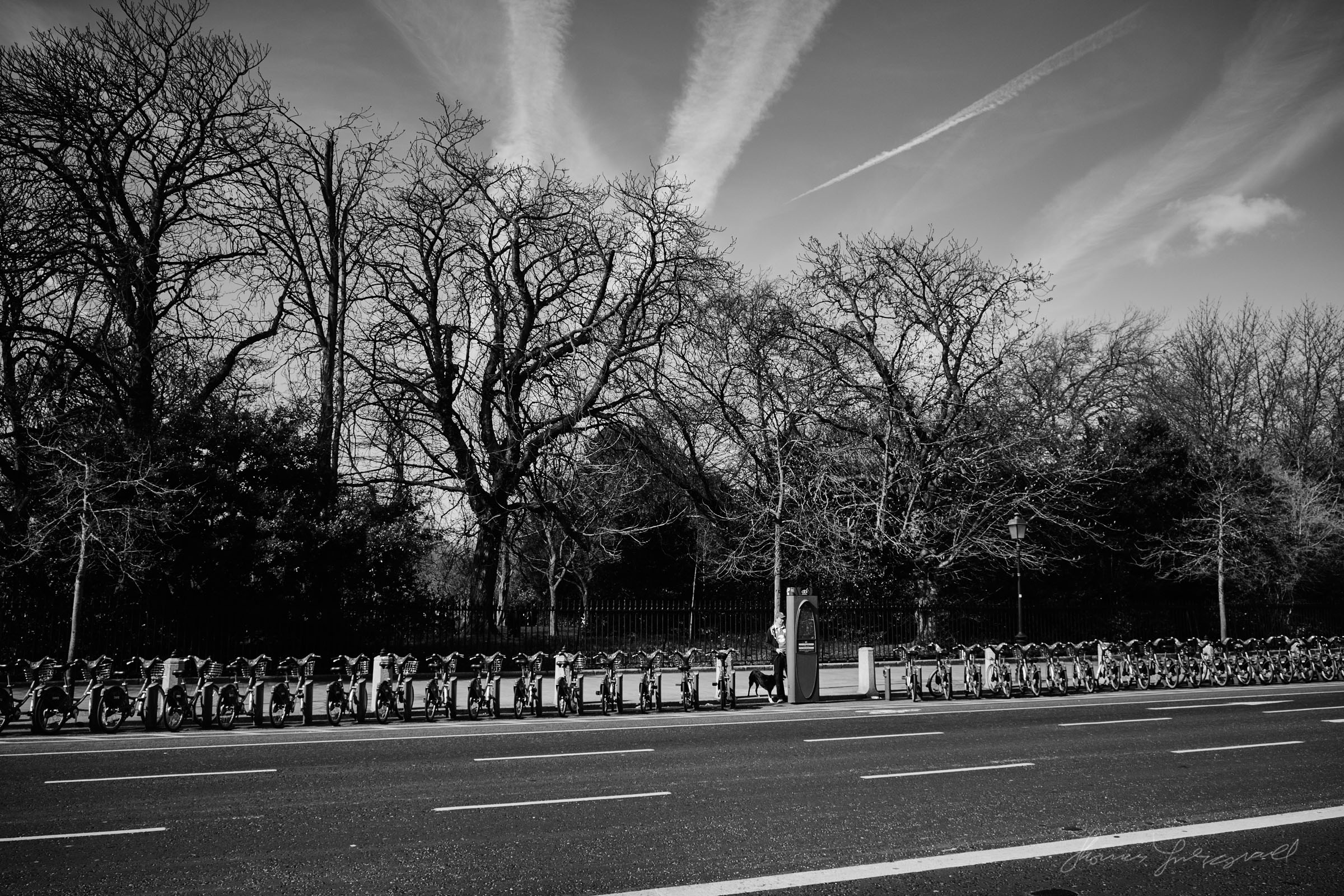I'm really enjoying the combination of Fuji X-Trans + Capture One
I've been using Capture One to process my X-Trans files more and more lately. I had posted some initial findings before about this, and since then, Capture One has pretty much become my standard application for processing files from my X-E1. I'm really happy with how the software performs, and it does a really good job with Fuji's files. Not only does it produce nice and sharp artifact free images, but the colour is really great too, even without having to do anything.
While Photo Ninja and Iridient Developer (especially since version 3) each have their own advantages when it comes to x-trans processing, I'm finding that Capture One offers the best all round set of features. Because it's a much bigger application, you can pretty much do everything you need to in it without having to go to another application. It's shadow and highlight recovery are excellent, and it has a nice layer system for making local adjustments, and it has some really great colour manipulation tools, especially since the latest 8.2. In 8.2 they added a three way colour corrector which is similar to what is found on video and film grading systems (and was also in Aperture) which allows you to control the colour balance of the shadows, mid-tones and highlights separately.
In the past, I would import my images into Lightroom first, select the ones that I want to process, and then send them to the software I wanted to use (Iridient developer or Photo Ninja) but when I'm using Capture One, I just import the files straight into Capture One. It's fast enough to rate and edit in the software, so I will process a whole shoot there and then send the final processed files to Lightroom for management in my main Library.
A week ago I did a short photo walk, and I was using my X-E1. I processed all the files in Capture one, and I didn't do anything else to them in Lightroom after. It was a difficult day light wise, as it was in the middle of the day and the contrast was quite high, but Capture One was easily able to recover highlights and shadows. (To be fair, Lightroom would have no problem with this either, but I struggled with the same images in Iridient Developer and Photo Ninja)
As always a lot of this comes down to choice. Some people still prefer just using Lightroom, and I'm ok with that. In fact, I still use Lightroom a lot for processing x-trans images myself, especially if I want to use some of my presets, or the VSCO film simulation settings. I'm really liking Capture One though, and if you want to try something different you should give it a go. They have a 30 day trial version available. It's a big application and it takes a bit of getting used to, but it's worth it. If you do try it and you're using it with x-trans files, the one thing I'll say is that you need to change the default sharpening settings to get the most out of it. I posted some of the settings that I use in a previous post, and I'll have a new post soon, with more details on the settings that I use, along with some downloadable presets.
For now here's a selection of images from the walk I did last week. If you want to pixel-peep these, I've posted the full resolution versions of a few of them in this Flickr photoset. Enjoy.


































